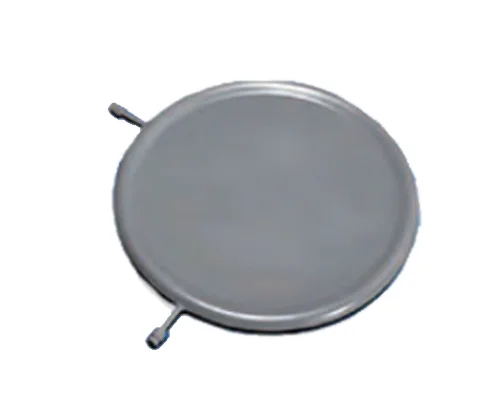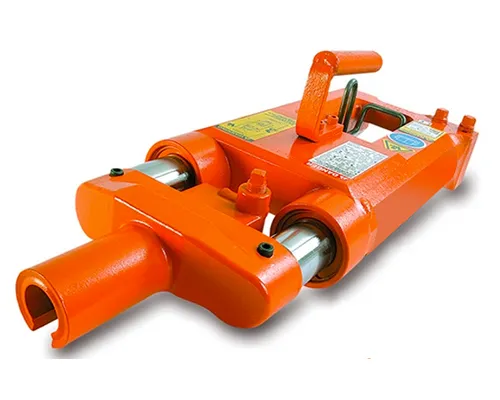Freyssi Flat Jacks are simple, practical devices for the civil or structural engineer wherever the application or control of large forces is required. They are frequently used in the solution of unforeseen problems such as in remedial measures or structural additions.
They are as often used in new constructions in which they form part of the structural concept.





